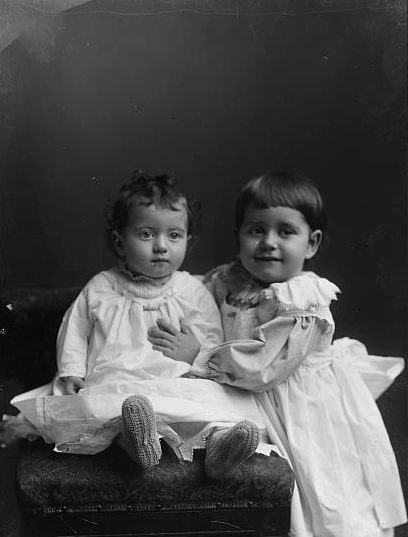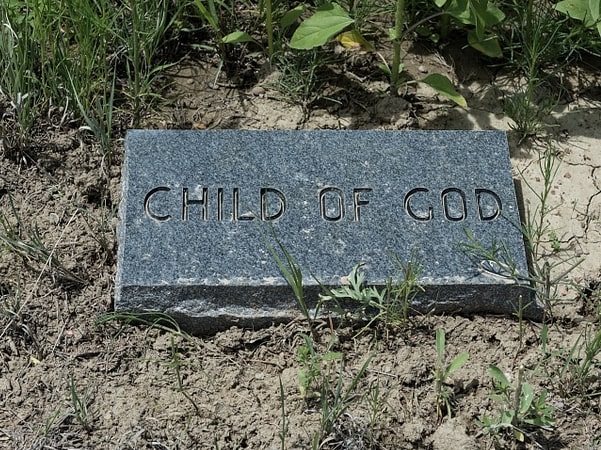Introduction: In this article, Katie Rebecca Garner begins a two-part series giving tips how to find information about children in your family’s history who died young. Katie specializes in U.S. research, enjoys writing and researching, and is developing curricula for teaching children genealogy.
Family history is about learning the lives of those who lived before us. Some of those lives were shorter than others. With the advent of modern medicine, life expectancy has increased while child mortality has decreased. Before modern medicine, infant and child mortality was a common occurrence. While a couple may have given birth to many children, not all those children lived to adulthood.

The grief of each loss was part of the surviving family’s story – a part of the story forgotten if the family group sheets or family trees are missing the children who died young.
Many records may have only included the living children or the children who lived to adulthood. Therefore, those children who died young may be harder to find than their siblings who lived longer. The family historian who wishes to capture the memory of every relative would do well to include those who died in childhood.
Finding the children who died young completes the pictures of the families who lost those little ones, ensuring that each member of those families is remembered. Those families may have lost their children too soon, but finding and remembering those children means they do not stay lost.
This two-part series will explain how to find these children to complete the family picture. Today’s article explores how to tell when a family may be missing children, and the second article will explain how to find these children.
Identifying Where There Might Be Missing Children
The easiest way to identify that a family lost children is in the 1900 and 1910 U.S. censuses. These, along with the 1890 census, asked every mother how many children she gave birth to and how many children were still living. A difference in these numbers indicates deceased children.
For example, Kate D. Daniels was a wife and mother on the 1900 census; according to that record, she had given birth to four children and only one, her daughter Elizabeth, was still alive. This tells the family historian that three deceased children need to be found.
When tracking a family on census records, pay attention to the children who are on one census but not the next. How old should the child be on the census they are missing from? If the child should be too young to marry or work outside the home, it is possible that the child may have died between censuses. However, until you can prove that the child died, be open to other possibilities. Additionally, many children who lived less than ten years were never enumerated on a census, because they were born and died between census years.
Beyond censuses, the next way to determine if there may be missing children is to pay attention to the age gaps between the known children. It was typical for a couple to give birth to a lot of children spaced two to three years apart, so age gaps larger than that could potentially contain a child who was born in between and died young.
For example, Thomas Culberson McKinney and his wife Margaret Elizabeth Barnett had six children, according to FamilySearch Family Tree. Margaret died in 1864, well before the 1900 census was taken, so there was no census record telling how many children she had given birth to. They had children born in 1844, 1845, 1851, 1853, 1856, and 1861; these birth years were verified by census records. Between some of these children are five- and six-year age gaps. I did searches to see if Thomas and Margaret McKinney had any additional children from the 1840s to the 1860s. Nothing was found online. Offline research will need to be conducted on the McKinney’s when repositories are no longer closed due to Covid.
Part II of this series will explore different record types and methodologies to research missing children, such as I used when researching the McKinney’s and other families.
